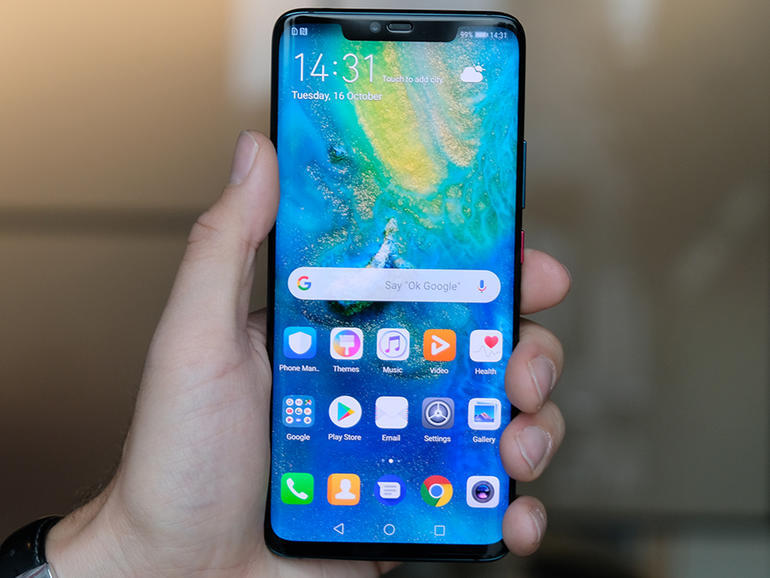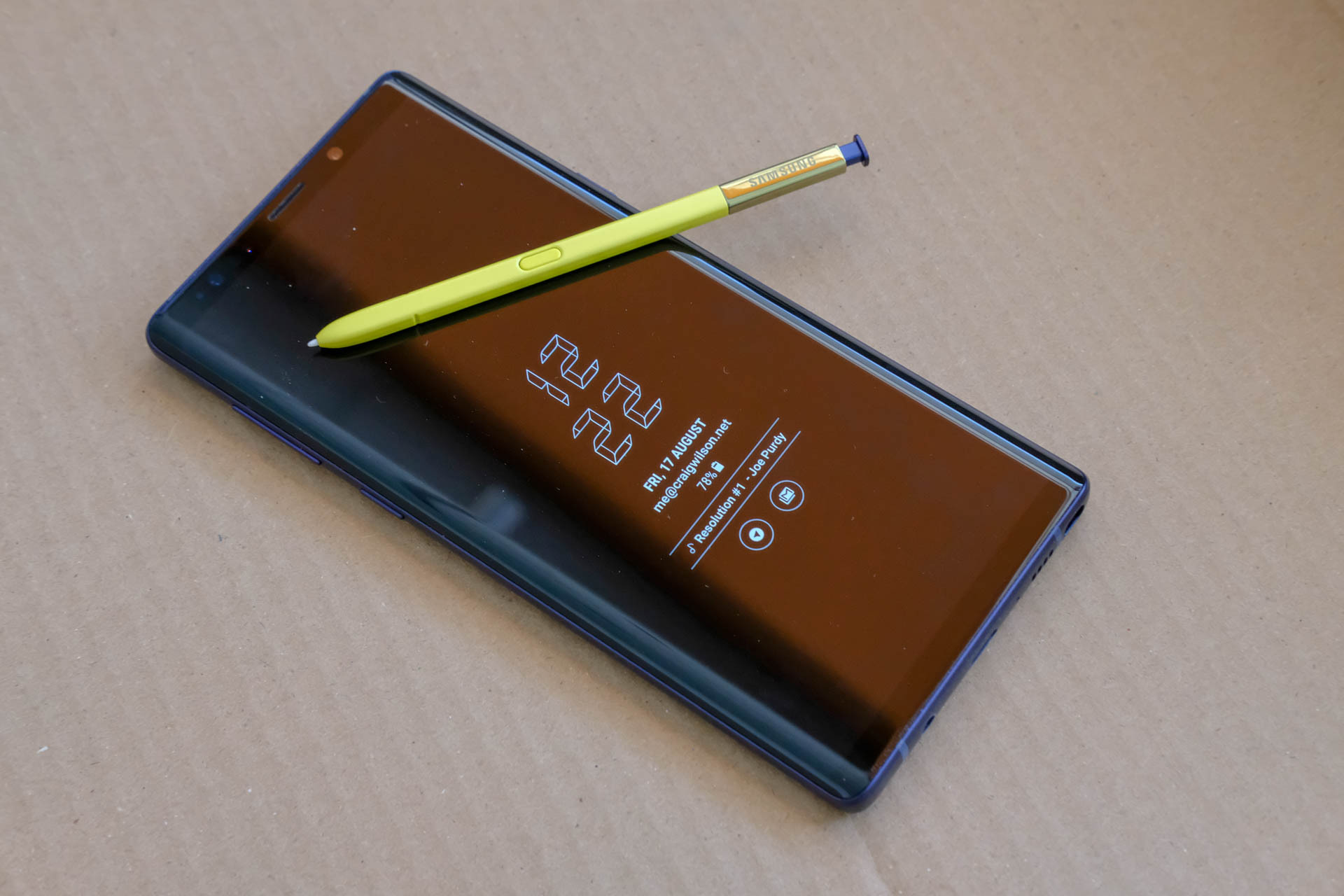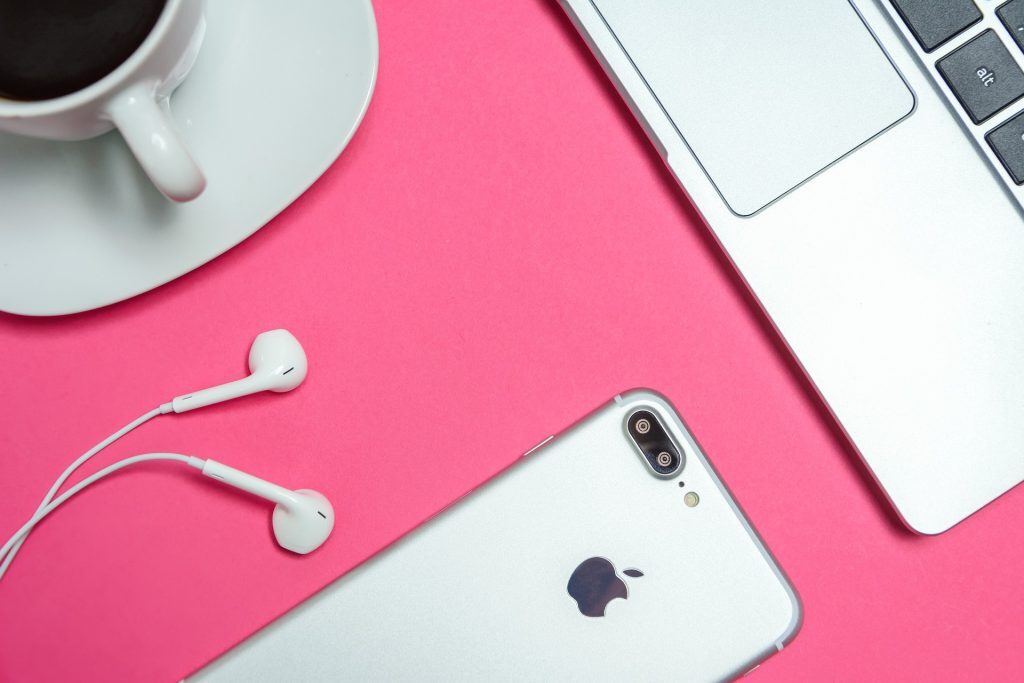If you’re still in holiday mode, eschewing all forms of tech (and thus reading this late), you may not realise that Apple’s value took a bit of a knock in the last week. The result of the first decline in revenues for the company in sixteen years, the news that Apple was not going to reach its estimated target of $89 to $93 billion for the past quarter wiped $55 billion off the value of the company in short order.
All because Apple is expecting to reach profits of just $84 billion for the recently-concluded quarter.
Let that sink in. Apple’s expected revenues dipped by $5 billion, a 5% decline that led to a market drop that killed off some 7.5% of the company’s stock value. $60 billion, just gone. Poof.
Signs of the Apocalypse?
Apple is blaming the events that led to its first slowdown in almost two decades on “the magnitude of the economic deceleration, particularly in greater China”, helped along by the various trade issues taking place and escalating financial tensions between the States and… pretty much the rest of the world. But there are those out there predicting the demise of Apple… sort of. The company isn’t going to be vanishing overnight but its unbroken run of profitability (as Wall Street would like it to look) has been, well, broken. The giant bleeds and if it bleeds, it can be killed.
Apple is battling, and perhaps will continue to battle, because of current economic conditions — that’s certainly true. But it hasn’t been helped along by a lack of proper innovation in recent years, of the sort that saw the company catapult to the forefront of tech when it first gave the world the popular ideal for a smartphone. The iPhone was a revolution, as were the MacBook Air, the iPad and even Apple’s AirPods but everything that has come after each initial announcement has been iterative. That works for a few years but a decade?
The iPhone XS is a finely refined device, perhaps the pinnacle of smartphone design (as imagined by Apple), but there were no surprises to be had. Nothing is new, it’s all expected — just as the stock market expects Apple to always meet or beat expectations. The most innovative things Apple is doing exist in the wearable tech sphere (and possibly something to do with cars). But that doesn’t do much to pad out Apple’s bottom line — it’s iPhone sales around the world that move the company’s needle and if those are slowing down… Panic?
Apple’s current problems — granted, ‘problems’ that other companies wish they had for themselves — are about more than just a lack of innovation. The company’s is up against increasingly stiff competition, not just from its arch-rival Samsung but from cellphone makers around the world. Cellphone makers who are doing imaginative things with their phones, who are taking risks that are increasingly paying off. Cellphone makers with a lot to gain by dethroning the reining champ, in other words.
The accelerating upstart
 Huawei has made it clear that they’ve got Apple in their sights, with a mind to take on Samsung’s Android empire toe-to-toe once the likes of the iPhone has been disposed of. To that end they’ve made one of the best smartphones Stuff has ever encountered — the Huawei Mate 20 Pro — and that’s taking Samsung’s 2018 S9 and Note 9 contenders as well as Apple’s latest and greatest into account. Sporting excellent design chops from the Chinese company, the Mate 20 Pro pairs Huawei’s still-fledgling AI tech with the best mobile cameras on the market, a stonking great battery and brilliant features in every other category from screen to fingerprint sensor. Apple faces risks to its dominance from this front but they shouldn’t feel bad about that. Everyone will be feeling the presence of Huawei soon enough if they haven’t already.
Huawei has made it clear that they’ve got Apple in their sights, with a mind to take on Samsung’s Android empire toe-to-toe once the likes of the iPhone has been disposed of. To that end they’ve made one of the best smartphones Stuff has ever encountered — the Huawei Mate 20 Pro — and that’s taking Samsung’s 2018 S9 and Note 9 contenders as well as Apple’s latest and greatest into account. Sporting excellent design chops from the Chinese company, the Mate 20 Pro pairs Huawei’s still-fledgling AI tech with the best mobile cameras on the market, a stonking great battery and brilliant features in every other category from screen to fingerprint sensor. Apple faces risks to its dominance from this front but they shouldn’t feel bad about that. Everyone will be feeling the presence of Huawei soon enough if they haven’t already.
The old foe
 Samsung’s smartphones over the past few years have been excellent almost without exception (not talking about you, Note 7). Starting from the Galaxy S6, Samsung’s phones have been undergoing a design change that goes deeper than just the outer layers. Switching from plastic to glass, something we thought Samsung would muck up at the time, was just the beginning. It sparked a more widespread evolution that saw Samsung throwing out its TouchWiz interface-for-dummies in favour of more elegant UI choices, beefing up specs all over the place and, for a time, featuring the best smartphone cameras we had ever seen. Huawei make have nicked that particular crown but Samsung’s offerings are still nothing to be sneezed at. Samsung’s flagship lineup has undergone several distinct design changes in the last four years. Apple’s biannual increments can’t keep up in that face of that and that’s before we look into the South Korean company’s annual tech showcase, seen this year in the Note 9. If Huawei hadn’t been such a convincing winner in 2018, the Note 9 would be the phone showing up Apple. Well, there’s always this year.
Samsung’s smartphones over the past few years have been excellent almost without exception (not talking about you, Note 7). Starting from the Galaxy S6, Samsung’s phones have been undergoing a design change that goes deeper than just the outer layers. Switching from plastic to glass, something we thought Samsung would muck up at the time, was just the beginning. It sparked a more widespread evolution that saw Samsung throwing out its TouchWiz interface-for-dummies in favour of more elegant UI choices, beefing up specs all over the place and, for a time, featuring the best smartphone cameras we had ever seen. Huawei make have nicked that particular crown but Samsung’s offerings are still nothing to be sneezed at. Samsung’s flagship lineup has undergone several distinct design changes in the last four years. Apple’s biannual increments can’t keep up in that face of that and that’s before we look into the South Korean company’s annual tech showcase, seen this year in the Note 9. If Huawei hadn’t been such a convincing winner in 2018, the Note 9 would be the phone showing up Apple. Well, there’s always this year.
Supply-chain snipers
 Chinese smartphones makers were once regarded with derision, even at the Stuff offices at one time. A nameless handset released by ZTE used to be regarded with suspicion. At best. But those years are several years behind us now. Chinese smartphone makers are making some of the best handsets on the planet, even if we can’t always get them here. If the price tag stayed constant between its home country and South Africa, OnePlus would be the largest value proposition for smartphones in the country. Loads of bang for very little buck. Xiaomi is another company that has gone from being a copycat to pushing out quality hardware at an appreciable fraction of the price of Apple’s hardware. Even Lenovo, the only PC maker making a proper go of making PCs, has some smartphone hardware we’d love to fiddle with. If Apple’s having issues with selling its phones in the Chinese market, it’s not only down to economic conditions. Competition in that market has been getting hotter for some time and Apple faces having chunks of its market share consumed by companies that we might not be familiar with. Tim Cook is probably looking at a list with their names on it on a daily basis, and those companies are only getting better at what they do.
Chinese smartphones makers were once regarded with derision, even at the Stuff offices at one time. A nameless handset released by ZTE used to be regarded with suspicion. At best. But those years are several years behind us now. Chinese smartphone makers are making some of the best handsets on the planet, even if we can’t always get them here. If the price tag stayed constant between its home country and South Africa, OnePlus would be the largest value proposition for smartphones in the country. Loads of bang for very little buck. Xiaomi is another company that has gone from being a copycat to pushing out quality hardware at an appreciable fraction of the price of Apple’s hardware. Even Lenovo, the only PC maker making a proper go of making PCs, has some smartphone hardware we’d love to fiddle with. If Apple’s having issues with selling its phones in the Chinese market, it’s not only down to economic conditions. Competition in that market has been getting hotter for some time and Apple faces having chunks of its market share consumed by companies that we might not be familiar with. Tim Cook is probably looking at a list with their names on it on a daily basis, and those companies are only getting better at what they do.
Not-so-obvious threat
![]() And then there are threats closer to home. Google doesn’t release many devices at all but the annual Pixel releases are getting better and better. The search giant’s hardware division seems to be learning from other people’s mistakes as well as its own and each new model has its highlights. It’s also the way that the Android system should be experienced, though we don’t see that worrying Apple all that much. Google’s Pixel phones have a reputation for being good and they’re constantly getting better — once a year, that is. While not as great a threat to Apple’s dominance as the companies listed above, the existence of Google’s always-excellent Pixel phones are just another Lego strewn on Apple’s barefooted walk down the passage to the room where it keeps all of its money.
And then there are threats closer to home. Google doesn’t release many devices at all but the annual Pixel releases are getting better and better. The search giant’s hardware division seems to be learning from other people’s mistakes as well as its own and each new model has its highlights. It’s also the way that the Android system should be experienced, though we don’t see that worrying Apple all that much. Google’s Pixel phones have a reputation for being good and they’re constantly getting better — once a year, that is. While not as great a threat to Apple’s dominance as the companies listed above, the existence of Google’s always-excellent Pixel phones are just another Lego strewn on Apple’s barefooted walk down the passage to the room where it keeps all of its money.




